While basic concrete mixing involves combining cement, aggregates, and water, many advanced techniques allow concrete producers to customize mixtures for specific applications. Understanding these advanced mixing methods enables innovative uses of concrete in modern construction.
Self-consolidating concrete (SCC) is a highly flowable mixture that does not require vibration for placement and compaction. SCC is produced by reducing the coarse aggregate content and using chemical admixtures like high-range water reducers and viscosity modifiers. The benefits of SCC include faster construction, reduced noise, and better consolidation in complex reinforced elements. As it does not require vibration, SCC lowers labor costs and allows for intricate detailing not possible with standard concrete.
Rheology controlled concrete
Rheology refers to the flow and deformation behavior of concrete. By measuring factors like yield stress and plastic viscosity, concrete rheology can be controlled to achieve optimal workability and placeability. Rheology control allows producers to design with specific attributes. For example, high viscosity ensures the mixture will stay in place when pumped to high elevations. Low yield stress means the concrete will flow easily through congested reinforcement. Rheology control reduces flaws caused by poor workability and reduces the need for admixtures.
Self-healing concrete
Concrete is susceptible to cracking which affects durability. Self-healing contains embedded healing agents like bacteria or microcapsules of epoxy that are released to autonomously seal cracks when they occur. It extends the service life and reduces maintenance costs. Research on optimizing self-healing efficiency through capsule size, protective coatings, and ideal distribution is still ongoing. Current applications are limited but self-healing concrete could be transformative for leak-proof structures and corrosion resistance.
Photocatalytic concrete
Adding titanium dioxide nanoparticles to the concrete mix creates a photocatalytic reaction when exposed to UV light. This reaction generates free radicals that actively degrade air pollutants like nitrous oxides and volatile organic compounds. Photocatalytic concrete has air purification qualities that improve urban air quality. It also keeps the surface clean by preventing soiling and the growth of microorganisms. Photocatalytic shows promise for sustainable construction.
Geopolymer concrete
Geopolymer concrete utilizes industrial waste byproducts like fly ash rather than Portland cement as the binder. By reacting fly ash with alkaline solutions, a cementitious compound similar to concrete is formed but with over 80% less carbon dioxide emissions. This concrete Sutherland Shire has comparable strength and durability to standard concrete. The challenge is developing mixing and curing methods suited to field conditions rather than controlled laboratory settings. With refinements, geopolymer could provide a greener alternative to traditional concrete.
3D printed concrete
3D concrete printing extrudes concrete layer-by-layer from a computer-controlled nozzle to fabricate architectural elements. It enables free-form custom shapes, reduction in labor and formwork, and less material waste. Immediate challenges include developing mixes with suitable rheology for pumping, buildability, and lower curing time. 3D printing also requires specialized equipment. But for bespoke concrete designs and optimized digital construction, it has strong potential.
Carbon curing
Carbon dioxide curing involves injecting CO2 gas into fresh concrete to accelerate curing. The CO2 reacts with calcium compounds initiating faster strength development. Carbon curing allows high early strength, permits faster turnover of formwork, and reduces shrinkage cracks. The equipment costs are still high for widespread adoption. There are also concerns about decreased late strength. Even so, as the technology improves, carbon curing could significantly boost construction productivity.

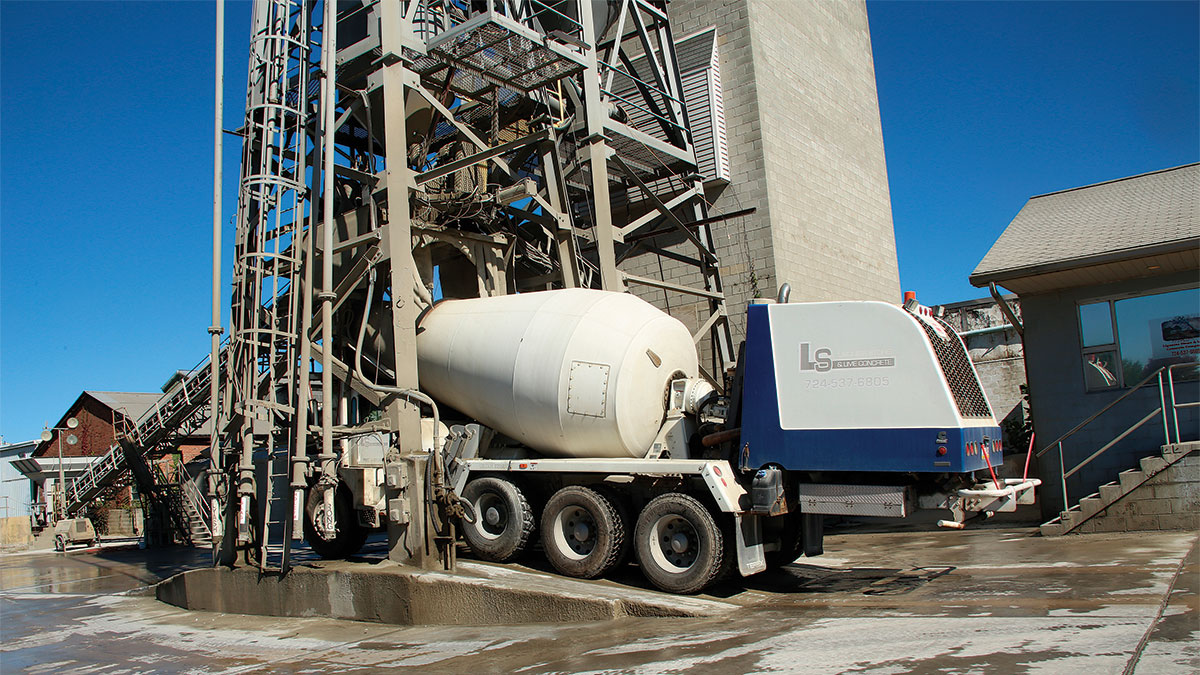


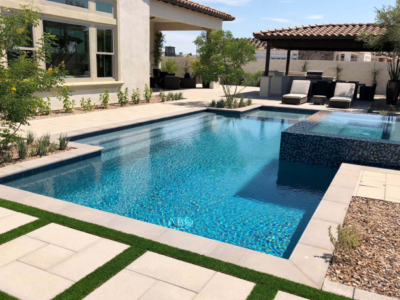
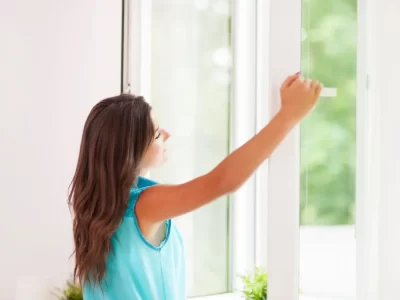
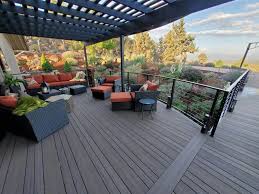
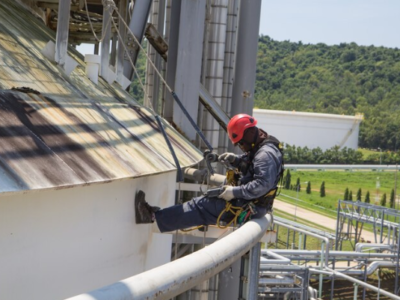




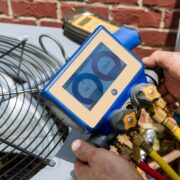
Comments